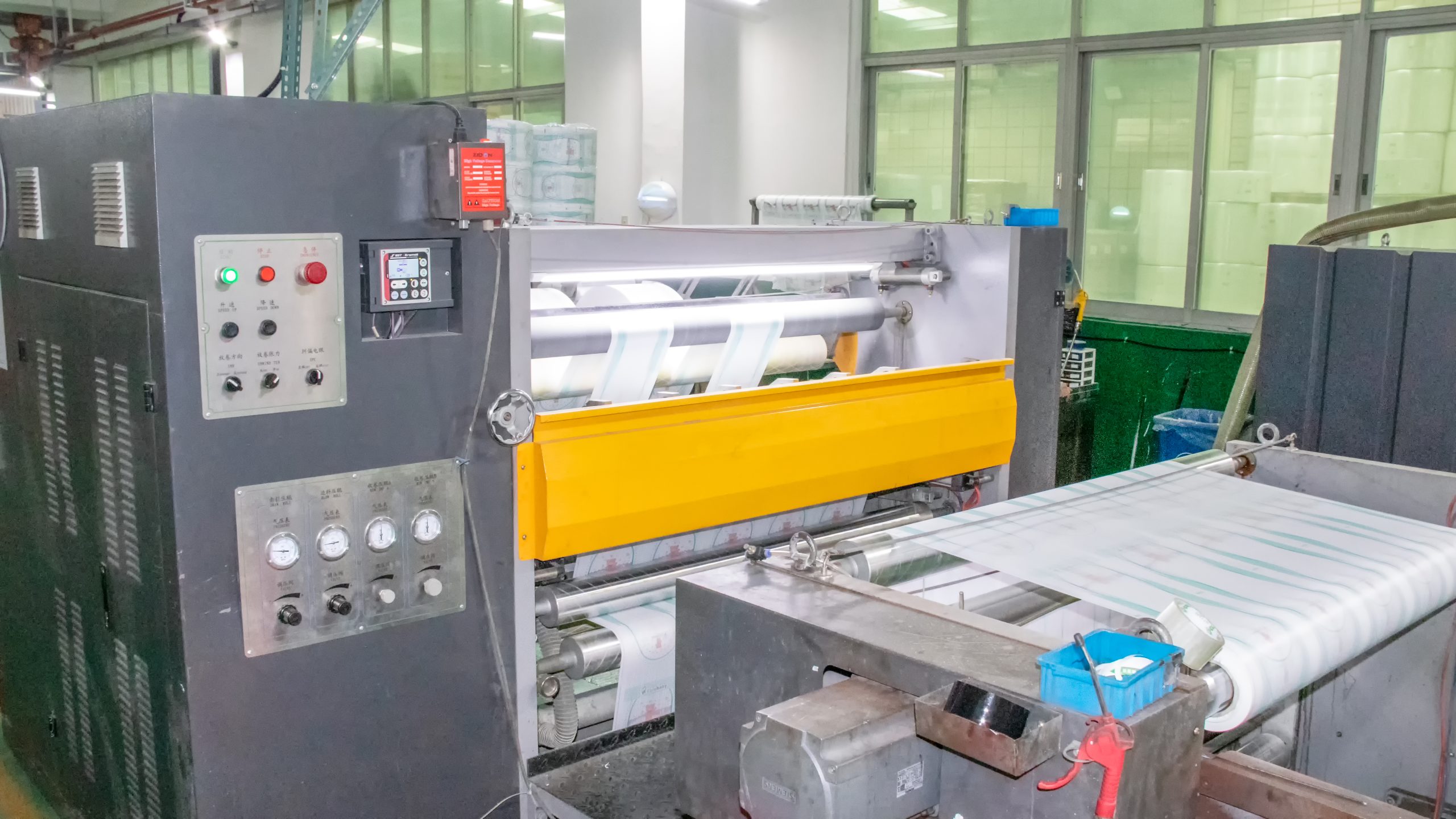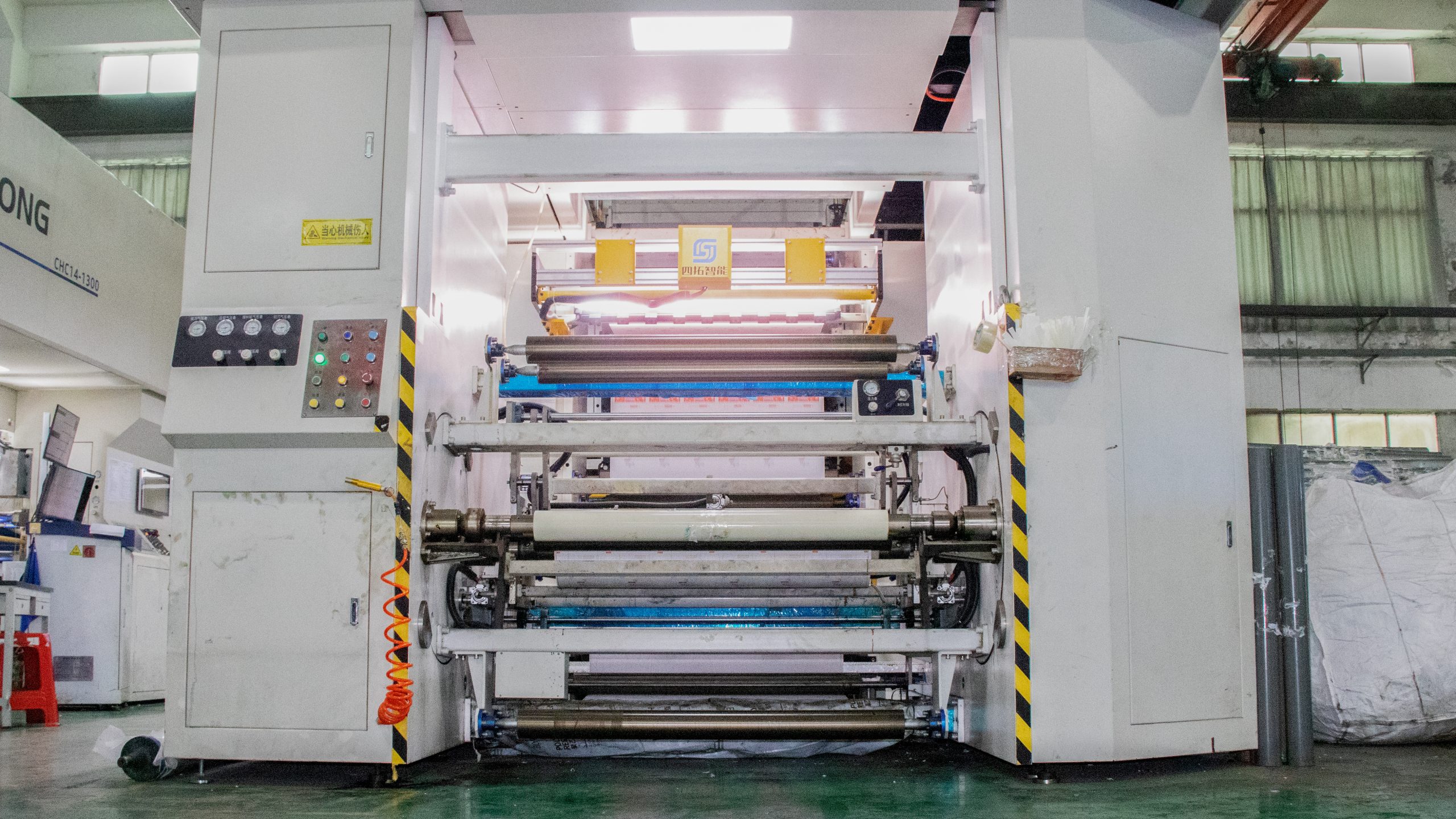Mastering Nonwoven Technology: Innovations Transforming the Textile World
Date: 2025-03-14 Categories: Company New、Industry News、News Views: 8953
Introduction
Nonwoven technology has emerged as a revolutionary force in the textile industry. Unlike traditional woven or knitted fabrics, nonwoven fabrics are made by directly bonding fibers together. This unique manufacturing process allows for the creation of materials with distinct properties, making nonwoven fabrics suitable for a wide range of applications.
Understanding Nonwoven Fabrics
Nonwoven fabrics come in various forms. They can be made from natural fibers like cotton or synthetic fibers such as polyester. The manufacturing process of nonwovens involves several steps. First, manufacturers prepare the fibers. They can blend different types of fibers to achieve specific characteristics. Then, they use methods like carding or air - laying to arrange the fibers in a web.
One important type of nonwoven fabric is air - through nonwoven. In the air - through process, hot air is used to bond the fibers. This method results in a fabric that is highly breathable. The hot air softens the fibers, causing them to stick together. The air - through nonwoven has become popular in many applications due to its excellent breathability and comfort.
Nonwoven in the Disposable Hygiene Industry
The disposable hygiene industry has greatly benefited from nonwoven technology. In products like diapers, nonwoven fabrics play a crucial role. Manufacturers often make the top sheet of a diaper, which comes in direct contact with the baby's skin, from a soft nonwoven fabric.Manufacturers choose nonwoven for this part because it is gentle on the skin.Air -through nonwoven is highly absorbent, quickly wicking away moisture from the baby's body.

The backsheet of a diaper is another area where nonwoven fabrics are used. This part needs to be waterproof or water - resistant to prevent leakage. Nonwoven fabrics can be treated to have these properties. They are strong enough to hold the shape of the diaper and keep the urine inside. In addition, nonwoven fabrics are used in the absorbent core of diapers. They help distribute the liquid evenly across the core, enhancing the overall absorbency of the diaper.
In other disposable hygiene products such as sanitary napkins and adult incontinence products, nonwoven fabrics are also widely used. For sanitary napkins, the top layer is made of nonwoven to provide a soft and comfortable feel. The absorbent core uses these materials to efficiently handle the flow. Adult incontinence products rely on nonwoven fabrics for their absorbency, comfort, and leakage prevention features.
Innovations in Nonwoven Technology
Manufacturers are constantly innovating in nonwoven technology. One area of innovation is in improving the strength of nonwoven fabrics. They are developing new ways to bond the fibers more effectively. This results in a fabric that can withstand more stress without tearing. For example, some manufacturers are using new types of adhesives or heat - bonding techniques to make the nonwoven fabric stronger.
Another innovation is in enhancing the absorbency of nonwoven fabrics. In the disposable hygiene industry, this is particularly important. Scientists are working on modifying the fibers to make them more absorbent. They are also developing new structures for the nonwoven fabric that can hold more liquid. For instance, some nonwoven fabrics now have a multi - layer design in the absorbent core, which improves their ability to handle large amounts of fluid.
In the field of air - through nonwoven, innovations are focused on making the fabric even more breathable. Manufacturers are adjusting the manufacturing process to create more open spaces in the fabric structure. This allows air to flow through more freely, making the fabric more comfortable to wear. They are also exploring new materials that can be used in the air - through process to further enhance breathability.

Environmental Considerations
As the use of nonwoven fabrics grows, environmental concerns become more important. Many manufacturers are now looking for ways to make nonwoven production more sustainable. One approach is to use recycled materials. They are collecting used nonwoven products and recycling the fibers to make new nonwoven fabrics. This reduces the need for virgin materials and helps to conserve resources.
Another way is to develop biodegradable nonwoven fabrics. Scientists are researching new materials that can break down naturally in the environment. For example, some fabrics are now being made from plant - based fibers that are biodegradable. Manufacturers taking this step is significant as it reduces the environmental impact of nonwoven products, especially in the disposable hygiene industry which generates large amounts of waste.
Future Outlook
The future of nonwoven technology looks promising. With continuous innovation, nonwoven fabrics will likely find even more applications. In the medical field, nonwoven fabrics may be used to create more advanced wound - care products. They could be designed to promote faster healing and reduce the risk of infection.
In the automotive industry, nonwoven fabrics may be used in new ways to improve the comfort and safety of vehicles. For example, they could be used to make more breathable and comfortable seat covers or sound - insulating materials.
In the fashion industry, nonwoven fabrics may also gain more popularity. Designers are starting to explore the use of nonwoven materials for their unique textures and properties. Nonwoven fabrics could be used to create lightweight and durable clothing that is both fashionable and functional.
In conclusion, mastering nonwoven technology has led to numerous innovations that are transforming the textile world. From its wide use in the disposable hygiene industry to its potential in various other fields, nonwoven fabrics are playing an increasingly important role. With continued research and development, nonwoven technology will continue to bring new and exciting products to the market, while also addressing environmental concerns.















